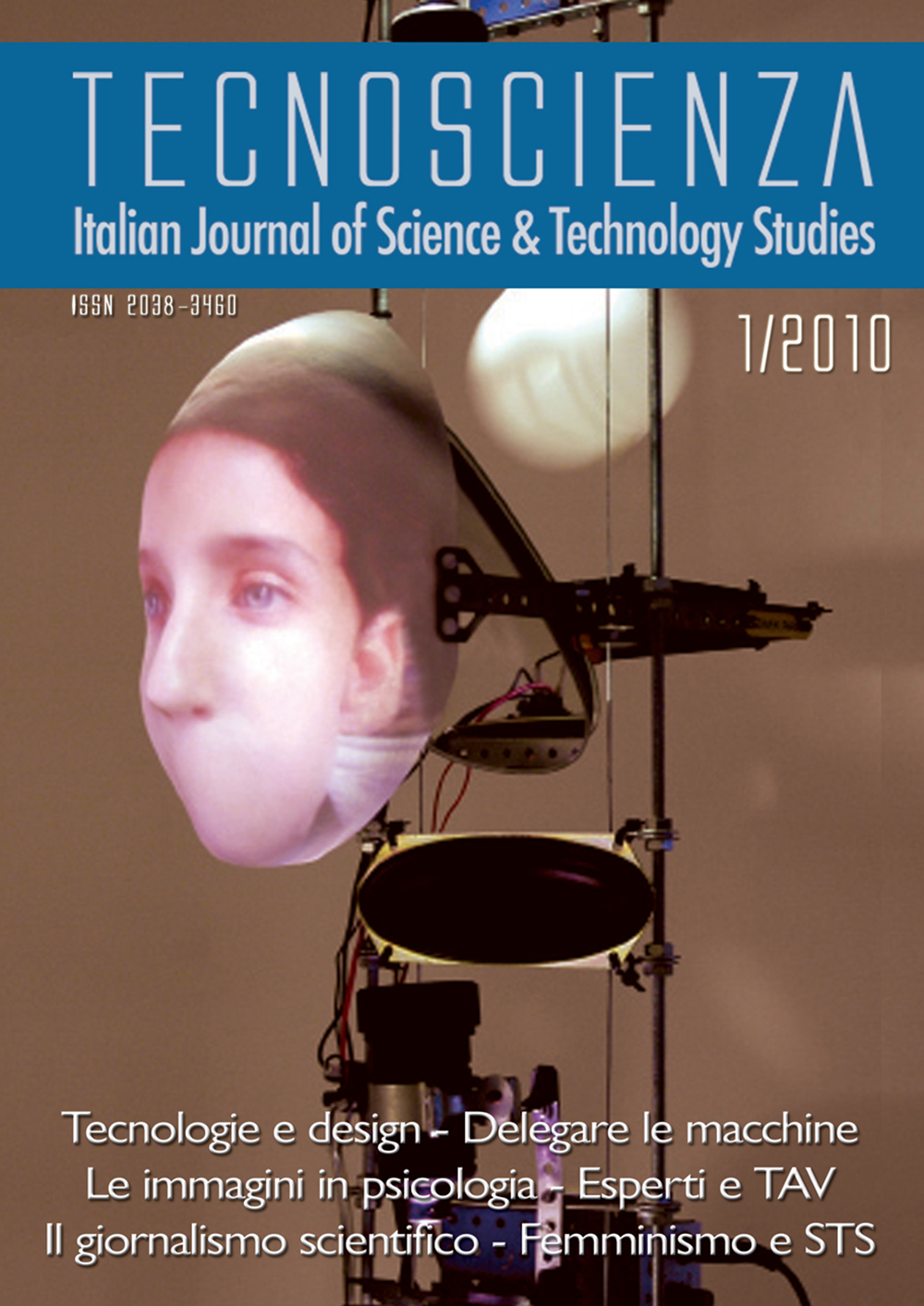copertina / cover
DOI:
https://doi.org/10.6092/issn.2038-3460/16164Abstract
Der Jasager by Zaven Paré. It is part of an installation of a choir of 6 machines created with the Rio Arte Grant for Art and Technology in 2002 and presented for the exhibitions Making of at the Centre d ́Art et d ́Essai in Mont Saint-Aignan in France in 2004, Work in Progress at the Parque das Ruínas in Rio de Janeiro in 2006, and for the exhibition Cyber Art at the Caixa Cultural in São Paulo in 2009.
Der Jasager was originally a play by the Noh repertory entitled Takino [1] . It is the story of a child whose father died and whose mother became ill. The play aims to follow the journey of his teacher with a group of students, to meet the doctors living in a city on the other side of the mountains. But his teacher was against the plan because it was dangerous and according to tradition, whoever was unable to follow the trail must be thrown into the precipice. The child ended up falling ill and the group decided to thrown him into the abyss.
This electronic version was composed for six molded heads of the same child, including six projected images of his face without mouths. Their dreams are projected onto six small white spheres, which float in the air behind the six heads. This device consists of twelve sources of projection, six speakers, six fans and six spheres.
The integrity of the bodies is replaced by these suspended heads. The choir seems to be frozen in a polyphonic murmur and the spheres appear to float as if they were the visualization of their thoughts. The heads of the characters are masks, lacking any expression of emotions. Even with the censorship of the mouth and the repetition of the six immovable faces, this installation continues to have a power of expression and invokes sensations such as worry, anxiety or anguish.
Through the experience of reproduction and the multiplication of the identities, the disembodiment of each singer in the choir, the sources of the sound and projection are multiplied since one device added to another becomes an even larger machine as an installation. This device is a virtual representation of the liberation from phantasmagorical subjection and the subjection of desire. Now there is no longer one single body, but a system of devices which reproduce each other, connected to machines.
In The bride and the bachelors [2] , by Marcel Duchamp, it is the potential fathers or mothers who are to become celibate machines. In The daughter born without a mother [3] , by Francis Picabia, it is the absence of origins that is the nullification of the creator. And in this installation, it is the one who say “yes” who is left to his own destiny, by means of a type of suicidal impulse. The oedipal interpretation of this character, here, is set against the endless flow of the machines desiring death that form the choir like a group of disciplined assassins.
---
[1] It was its English translation, The Casting into the Valley, by Arthur Waley, that was translated into German
by Elizabeth Hauptmann which inspired the libretto by Bertolt Brecht. He in turn re-translated this text into
English under the title He who says yes.
[2] 1912-1923, Philadelphia Museum of Art.
[3] 1916, Scottish National Gallery of Modern Art, Edinburgh.





